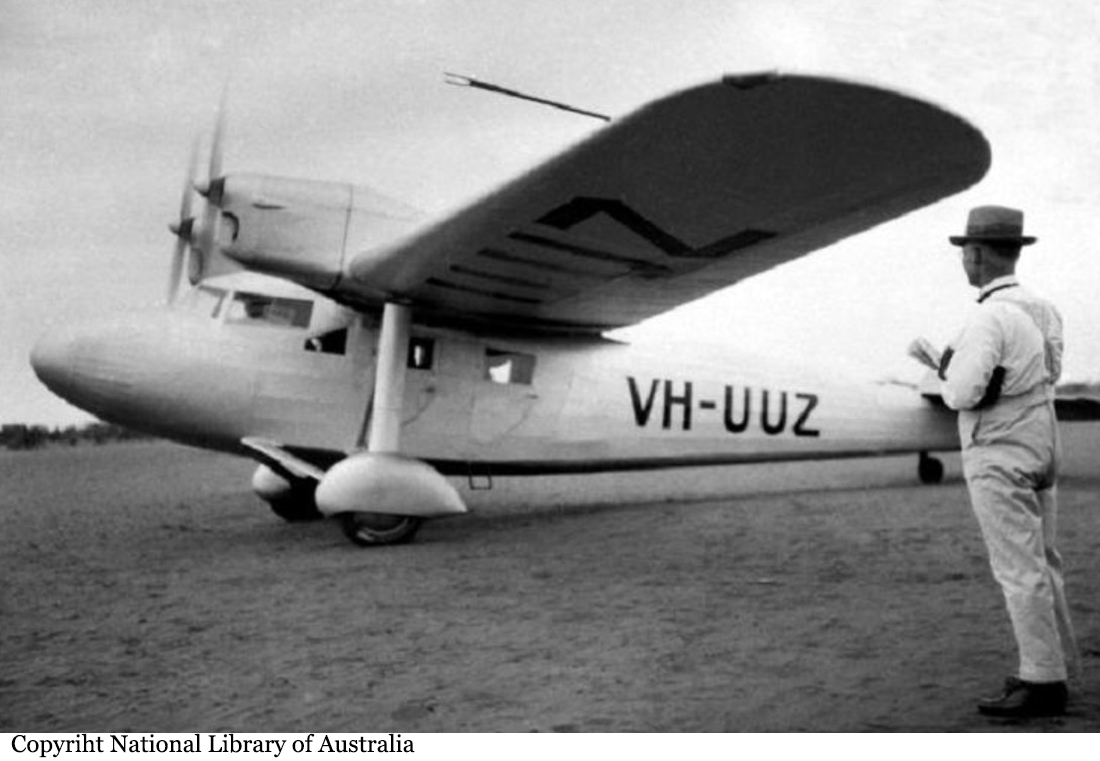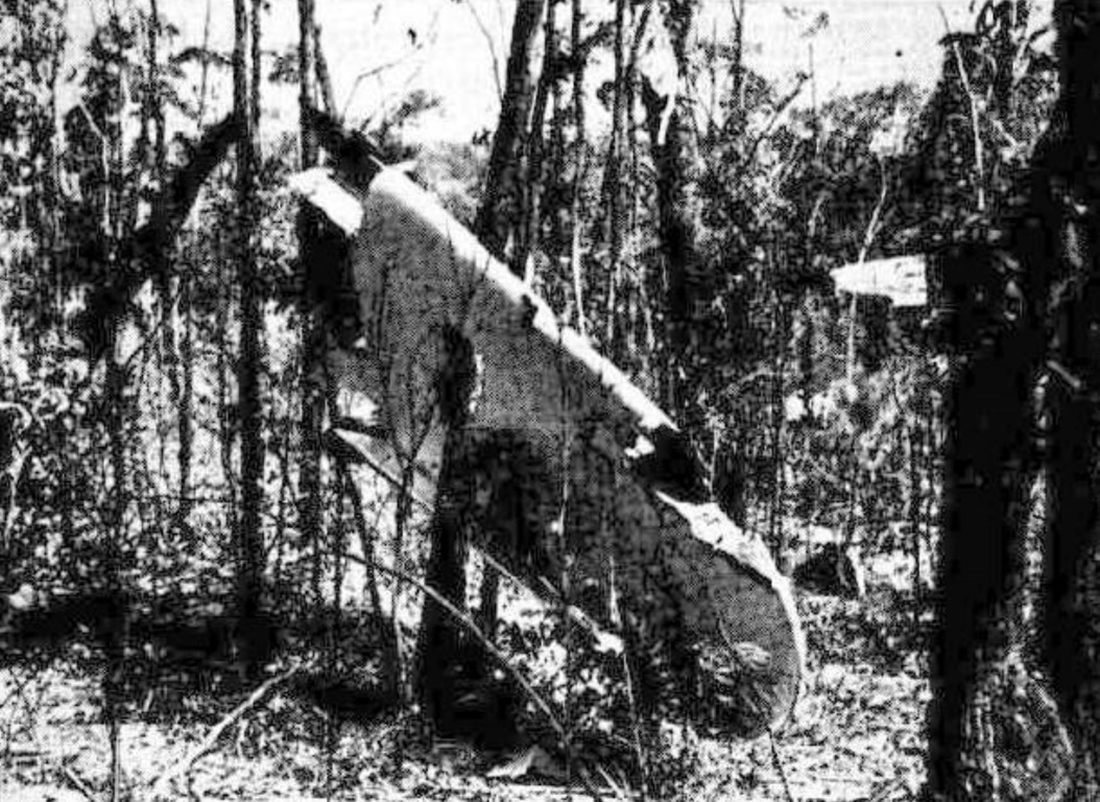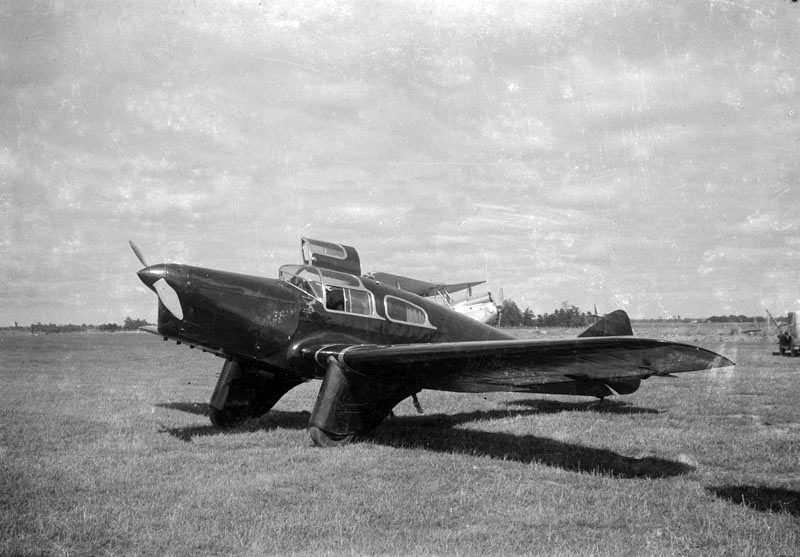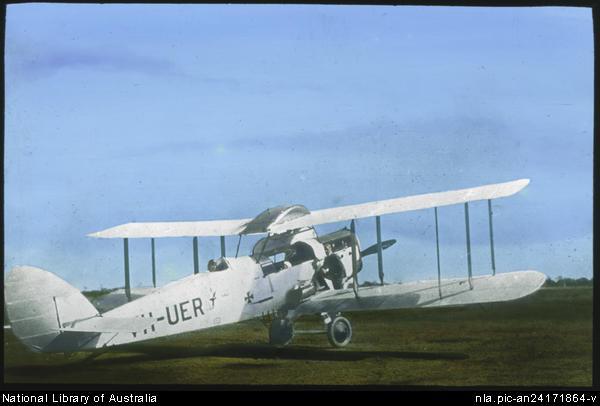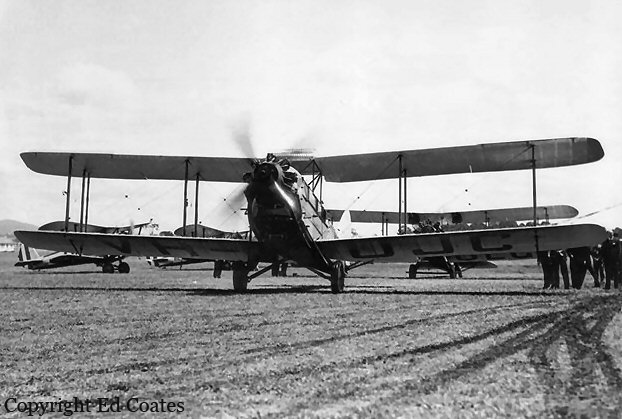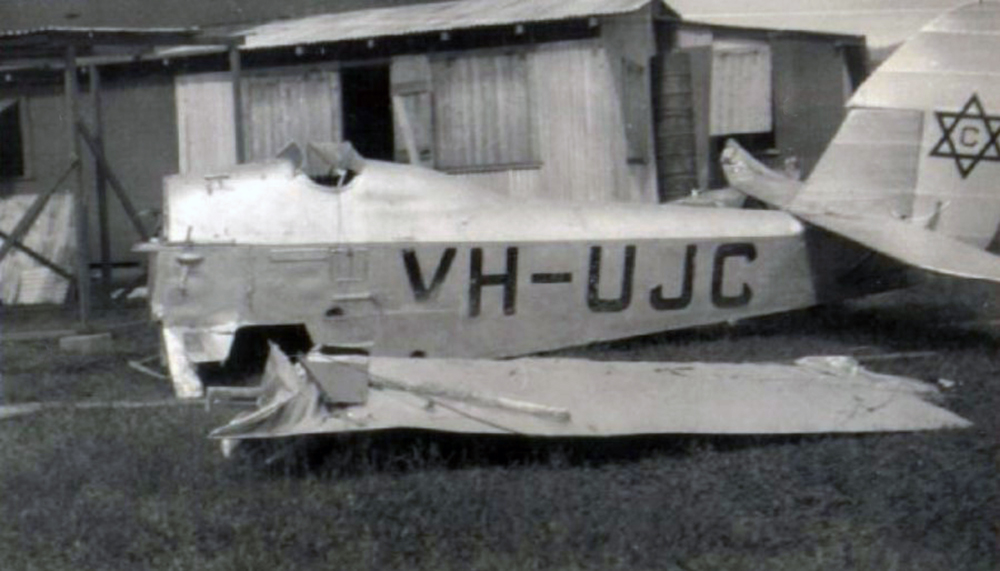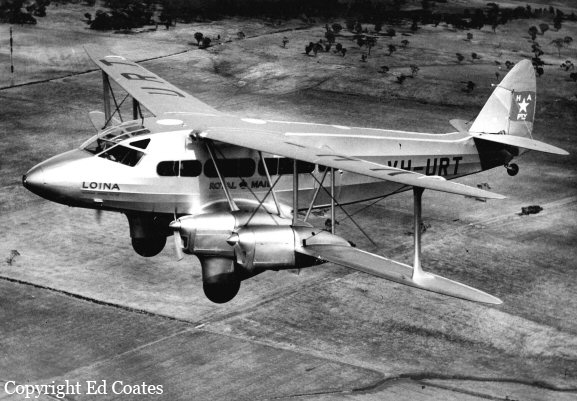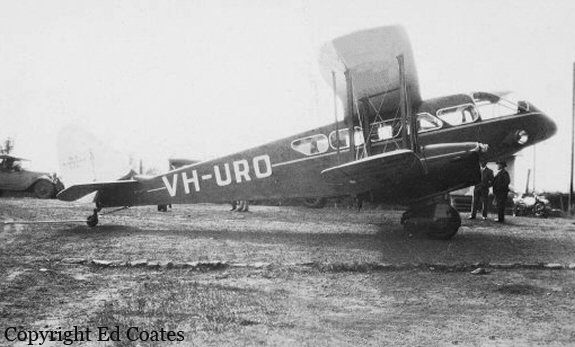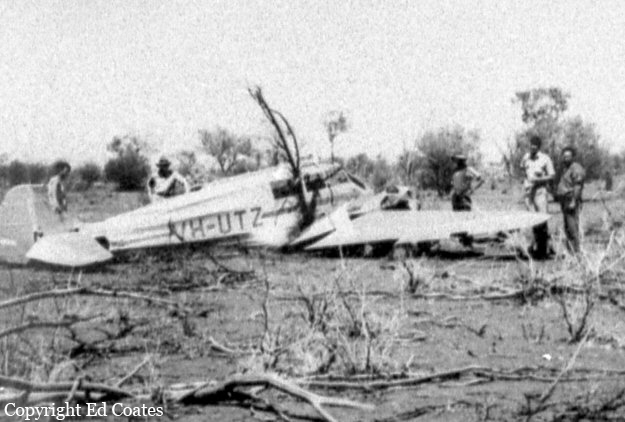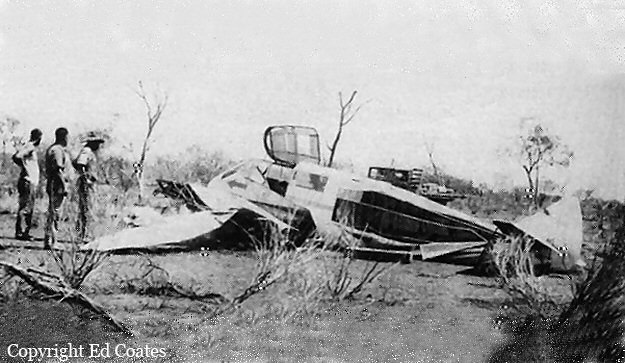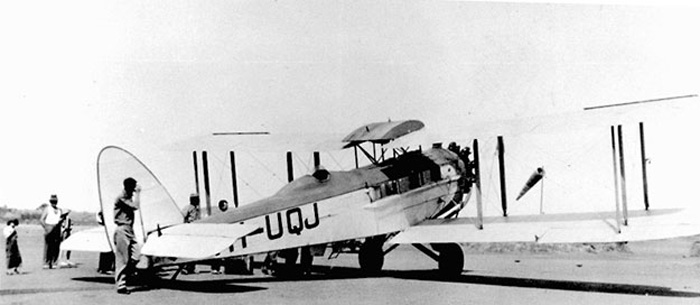Crash of a Tugan LJW7 Gannet in Cordeaux Dam: 5 killed
Date & Time:
Feb 19, 1936 at 1945 LT
Registration:
VH-UUZ
Survivors:
No
Schedule:
Young - Sydney
MSN:
TA-52
YOM:
1935
Crew on board:
1
Crew fatalities:
Pax on board:
4
Pax fatalities:
Other fatalities:
Total fatalities:
5
Circumstances:
The airplane was flown to Young to pick up four passengers after the Codock airplane that were supposed to fly them from Leeton to Sydney was grounded at Young Airport due to technical problems. En route to Sydney, the pilot encountered poor weather conditions with low clouds. While flying low in limited visibility, the airplane impacted trees and crashed in a wooded area located near Cordeaux Dam, bursting into flames. The aircraft was destroyed and all five occupants were killed.
Crew:
y Edwin Jack Small.
Passengers:
A. V. Sinfield,
C. H. Turner,
F. J. Eagle,
Oliver King.
Crew:
y Edwin Jack Small.
Passengers:
A. V. Sinfield,
C. H. Turner,
F. J. Eagle,
Oliver King.
Probable cause:
The Air Accidents Investigation Committee released their findings in early March, and they determined that it was an error of judgement of the pilot in trying to traverse hilly country in low cloud and at night. The reports of engine problems seem to have been discounted.
